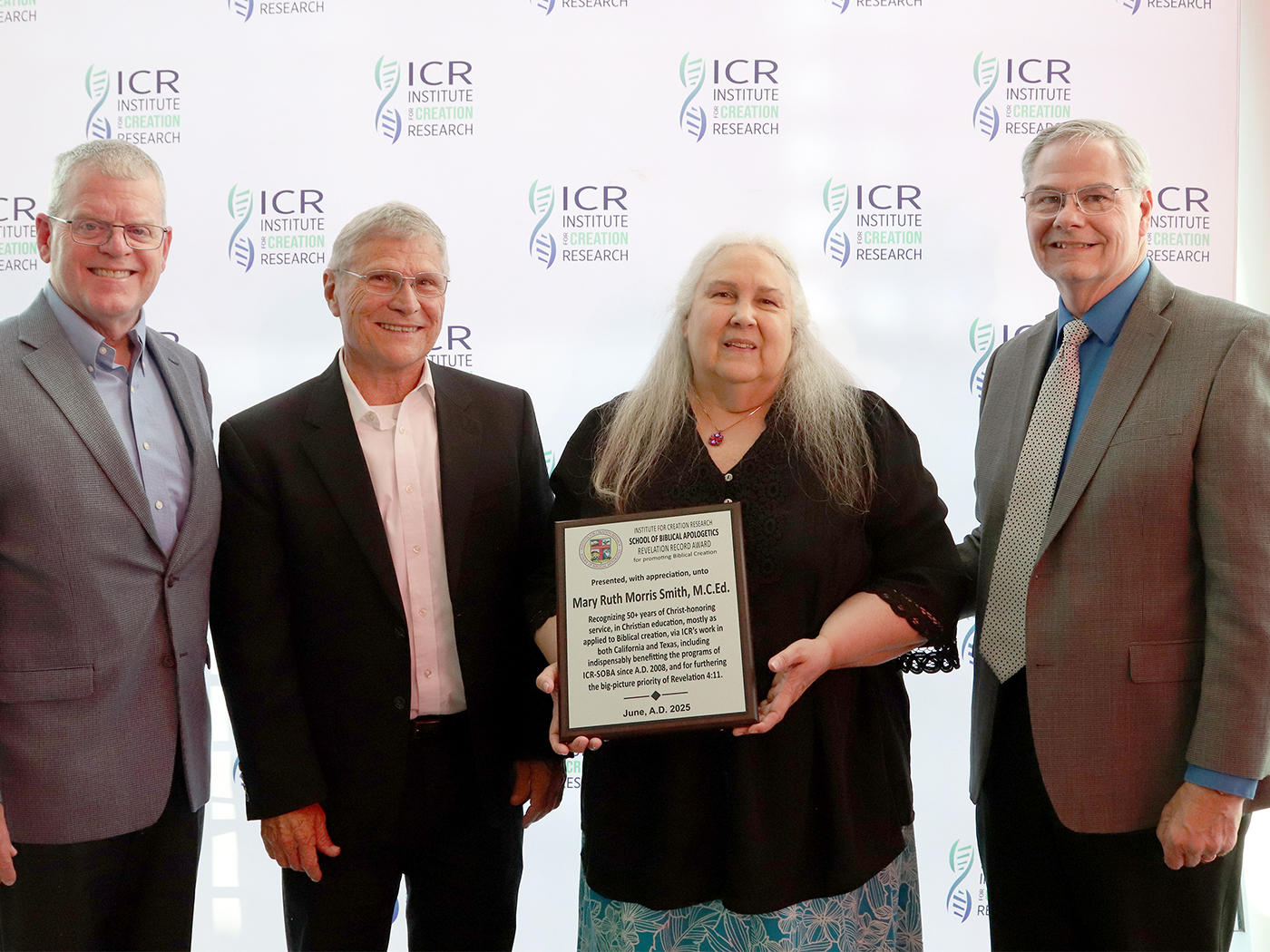Recently released science stories have not been kind to Mr. Darwin's strange theory. It seems everywhere one looks there are stories that are an affront to the just-so, natural-selection-did-it, interpretation. The following are three examples. The first involves tiny machines. As Bruce Alberts, an outspoken critic of creation, states in Cell,
The entire cell can be viewed as a factory that contains an elaborate network of interlocking assembly lines, each of which is composed of . . . large protein machines. . . .
Why do we call the large protein assemblies that underlie cell function machines? Precisely because, like the machines invented by humans to deal efficiently with the macroscopic world, these protein assemblies contain highly coordinated moving parts.1
More recently, two secular scientists discuss submicroscopic multicomponent machines such as sliding clamps and clamp loaders, involved with DNA duplication (see "Mending Mistakes," Acts & Facts, June 2004). They say this process is "far from simple" and that "for each question answered, 10 more crop up"—but they declare that the machines themselves have "evolved clever strategies to perform their function"! 2 Only an evolutionary worldview demands such an unscientific conclusion. Every child knows cars don't make themselves; neither do detailed enzymatic machines at the subcellular level.
The second story entails the lowly ocean sponge (genus Euplectella). It was found to have a complex glass structure causing one evolutionist to say, "I cannot imagine how a structure of this sophistication can be produced."3 Her incredulity is warranted. Man can make glass—in a red-hot furnace. But the sponge not only grows this glass lattice, but a thousand times smaller (the nanometer scale) than what is seen in mechanical engineering. One secular publication said the construction is "remarkable," "ingeniously engineered," and "clever."4 The natural "architectural wonder" is compared to the Eiffel Tower. Why, then, after reading of these glass fibers, is it so unscientific for the creationist to attribute such design to a master Designer?
Finally, people in tropical regions are familiar with the amazing agility of the gecko—a lizard able to scramble across walls and ceilings in its quest for insect meals or an insurance client. Scientists investigated this gravity-defying creature and discovered how it is able to run upside down and even hang by a toe—without glue or suction cups. The Creator has designed the sole of each foot with a half-million tiny hairs, with each hair in turn splitting into hundreds more. In the gecko's case, the ultra-tiny elastic hairs bond onto the surface, where attractive forces between the hairs and that surface are enough to support the creature.
Nature shouts creation!
- Alberts, B., "The Cell as a Collection of Protein Machines," Cell, vol. 92, February 6, 1998.
- Johnson and O'Donnell, "Cellular DNA Replicases," Annual Review of Biochemistry, 2005, p. 283.
- Boyce, N., "Deep Sea Sponges," National Public Radio, July 7, 2005.
- Halford, B., Chemical & Engineering News, vol. 83, July 11, 2005.
Cite this article: Sherwin, F. 2005. Tiny Machines, Eiffel Tower, and Gecko Feet. Acts & Facts. 34 (12).

















